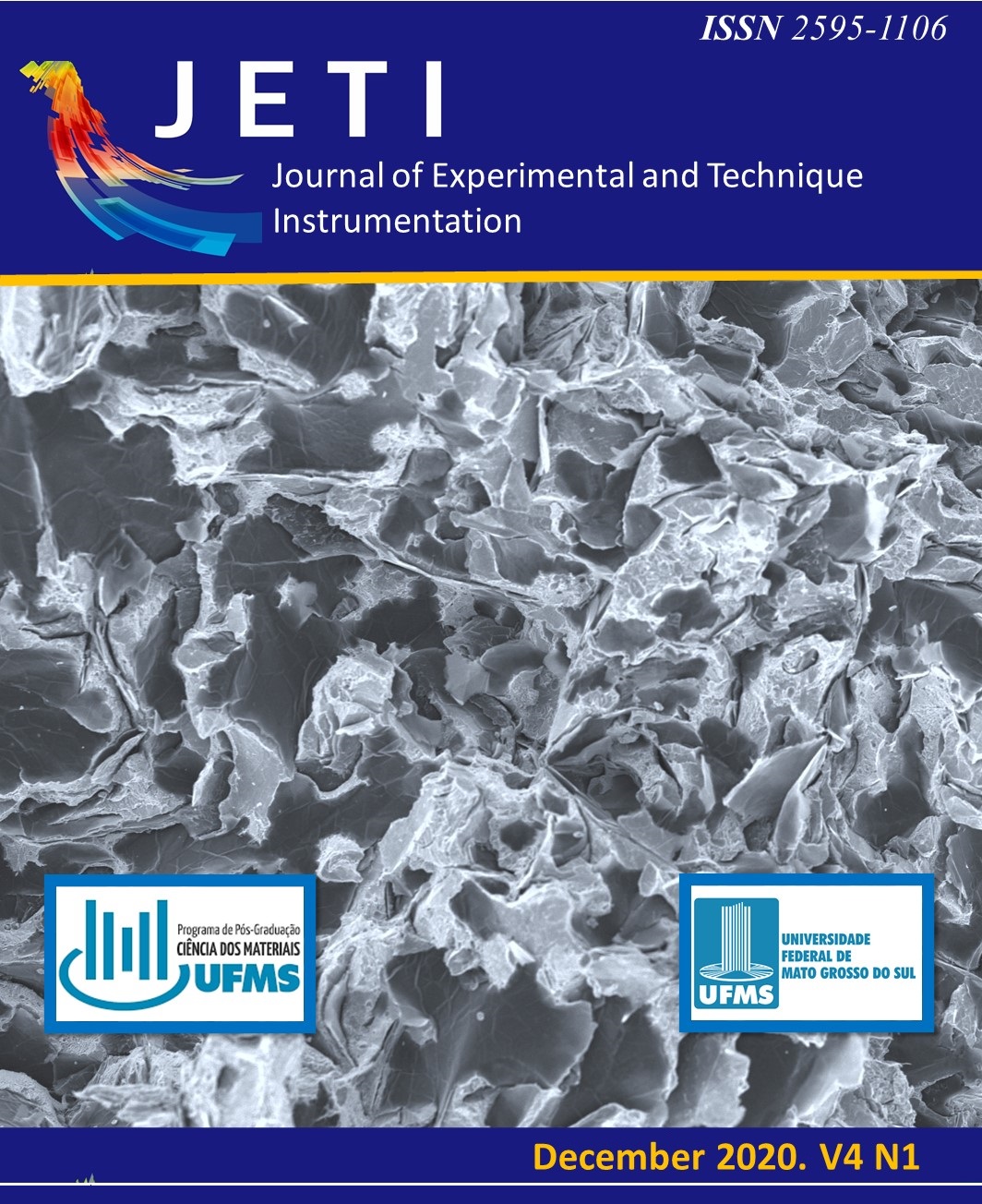Raman spectroscopy and its peculiarities
A summary of their theoretical and experimental conceptions
Abstract
Many students who propose to work with applied physics have the need to obtain information about analytical techniques, which can be useful in the development of their work. In this bias, students of physics, chemistry and engineering are the main ones to have the need for literature that can provide information on ways to analyze the properties of materials. Raman's technique is an example of these means of verifying the properties of countless materials (organic and inorganic). This article aims to facilitate the learning of theoretical concepts (mathematical and physical) and experimental concepts (chemical and physical), in order to provide a synthesized understanding of the fundamental physical principles of the Raman technique, presenting its particularities and its complementarities to those due ends.
The Articles do not require transfer of copyright as the copyright remains with the author. In confirming the publication of your article with open access you agree to the Creative Commons Attribution License.




